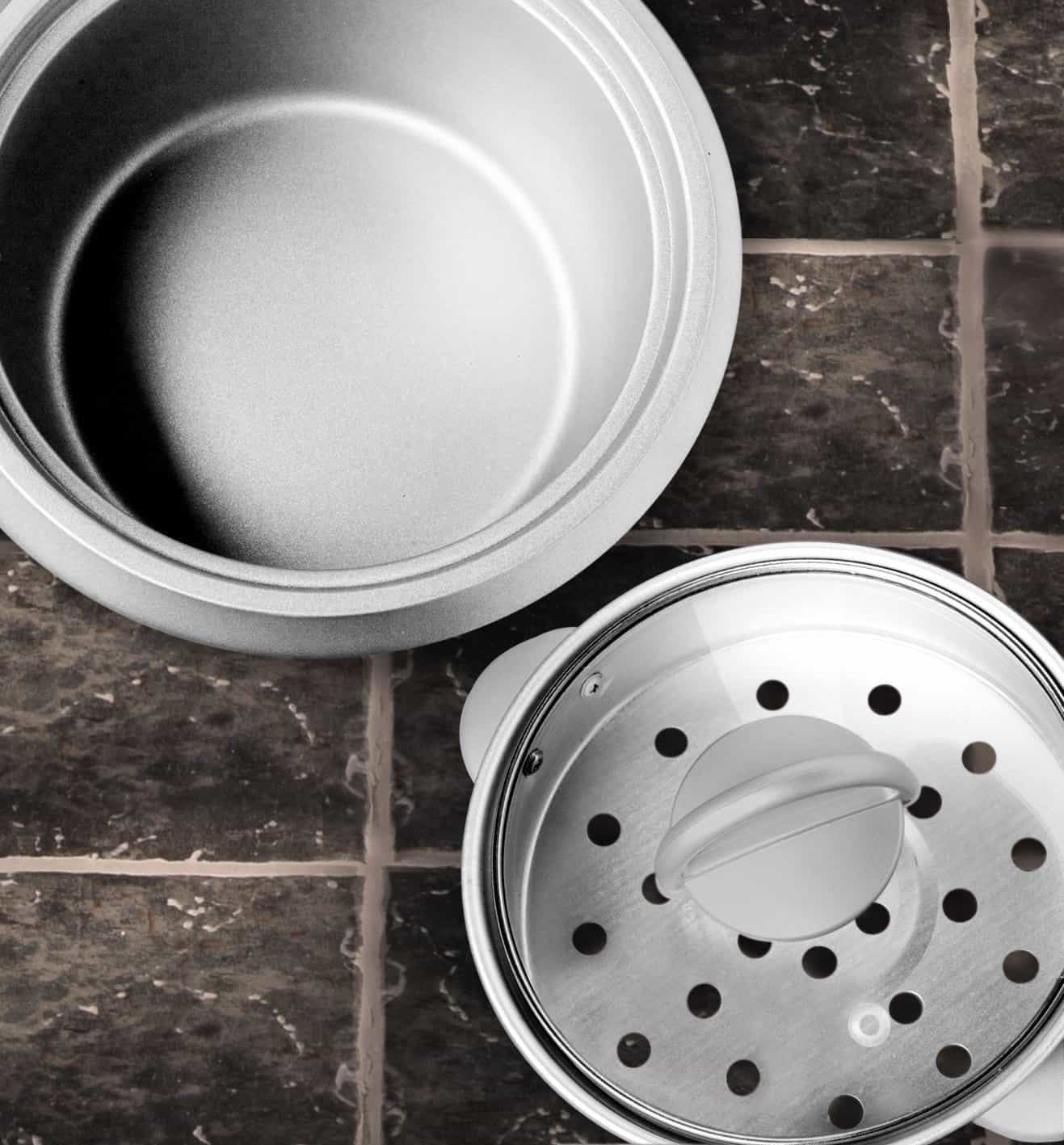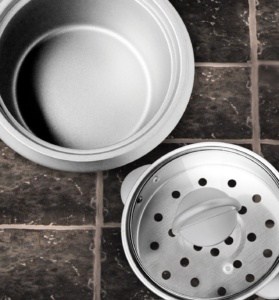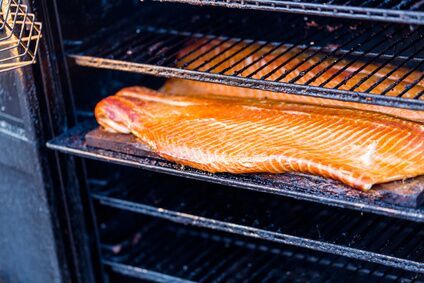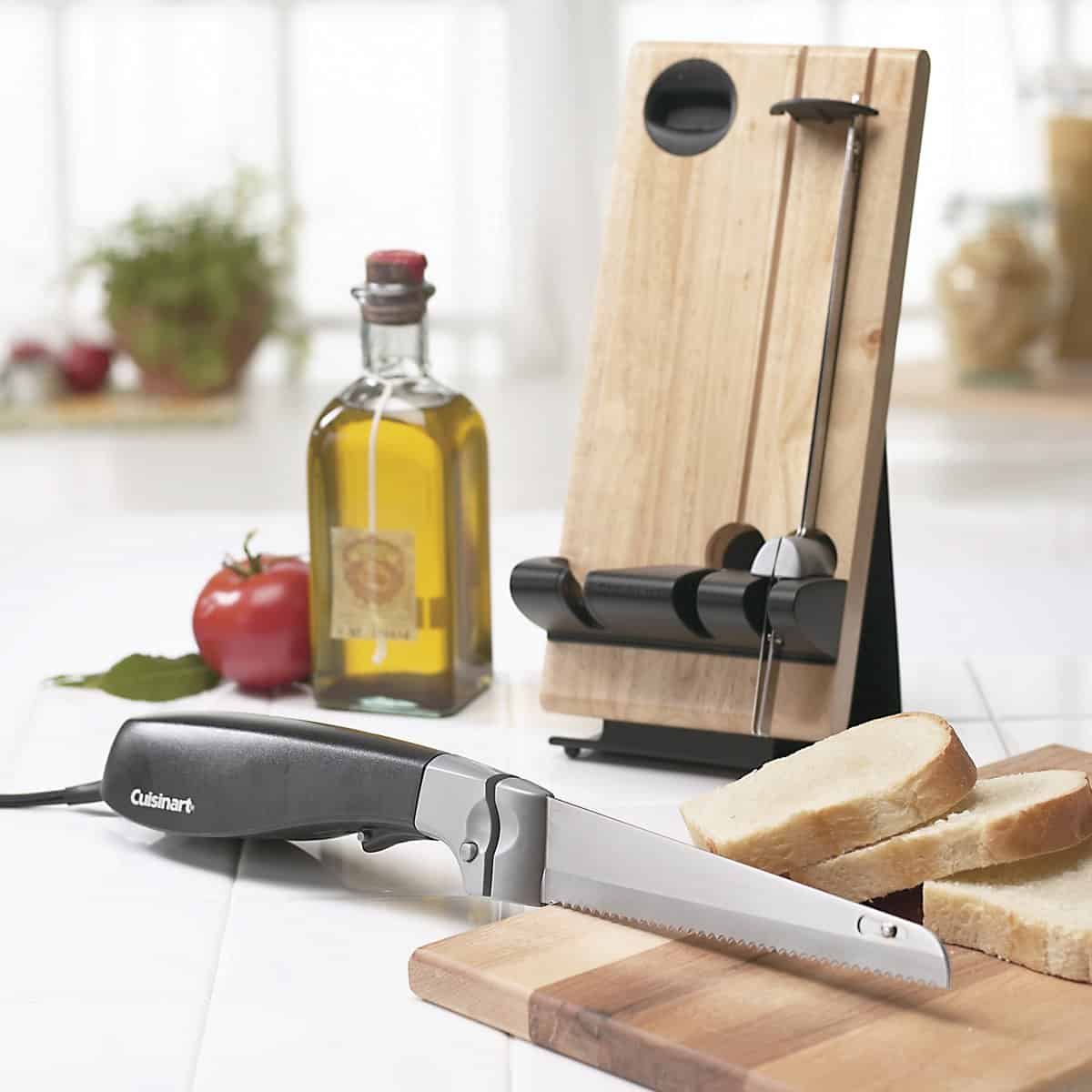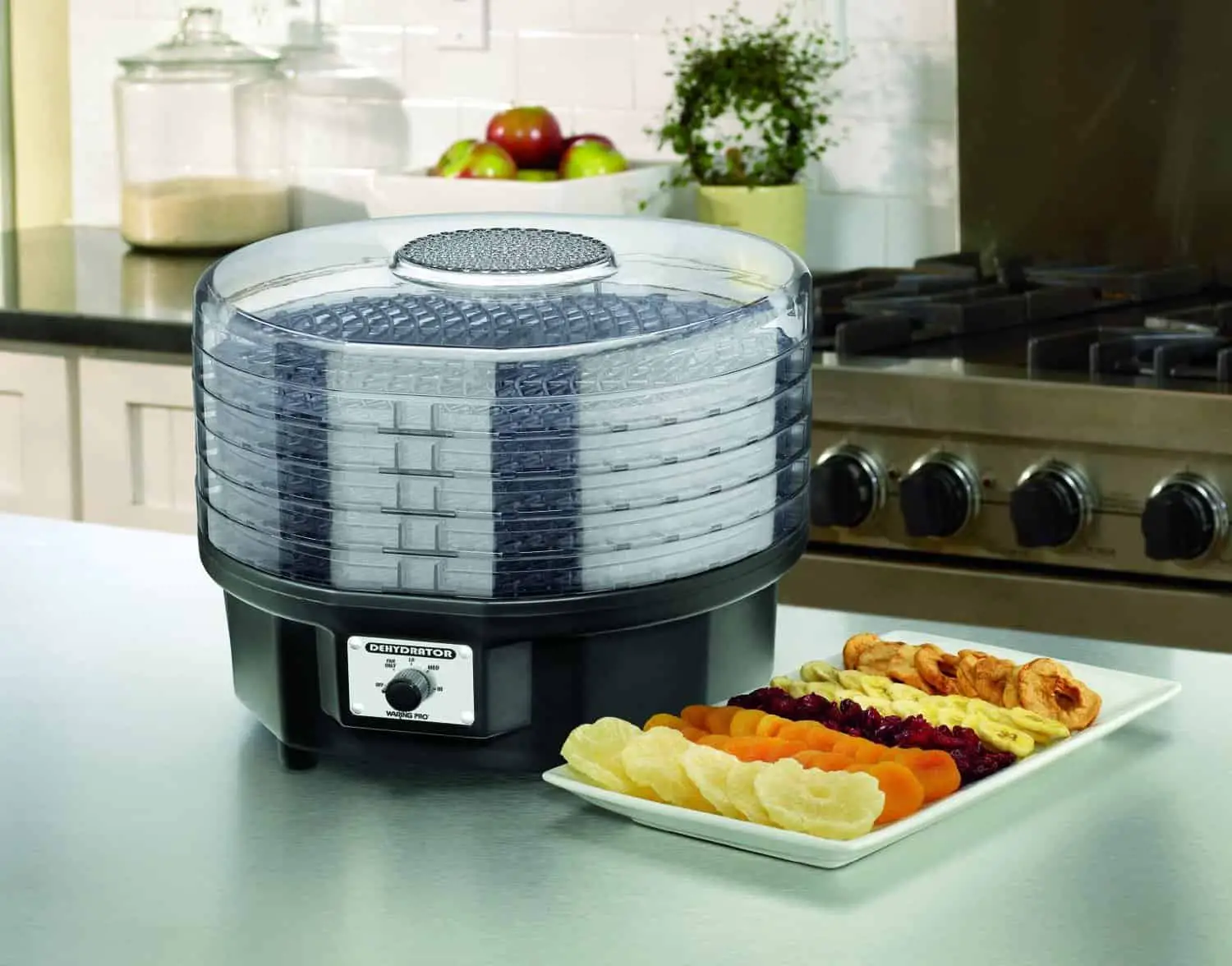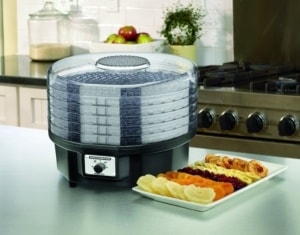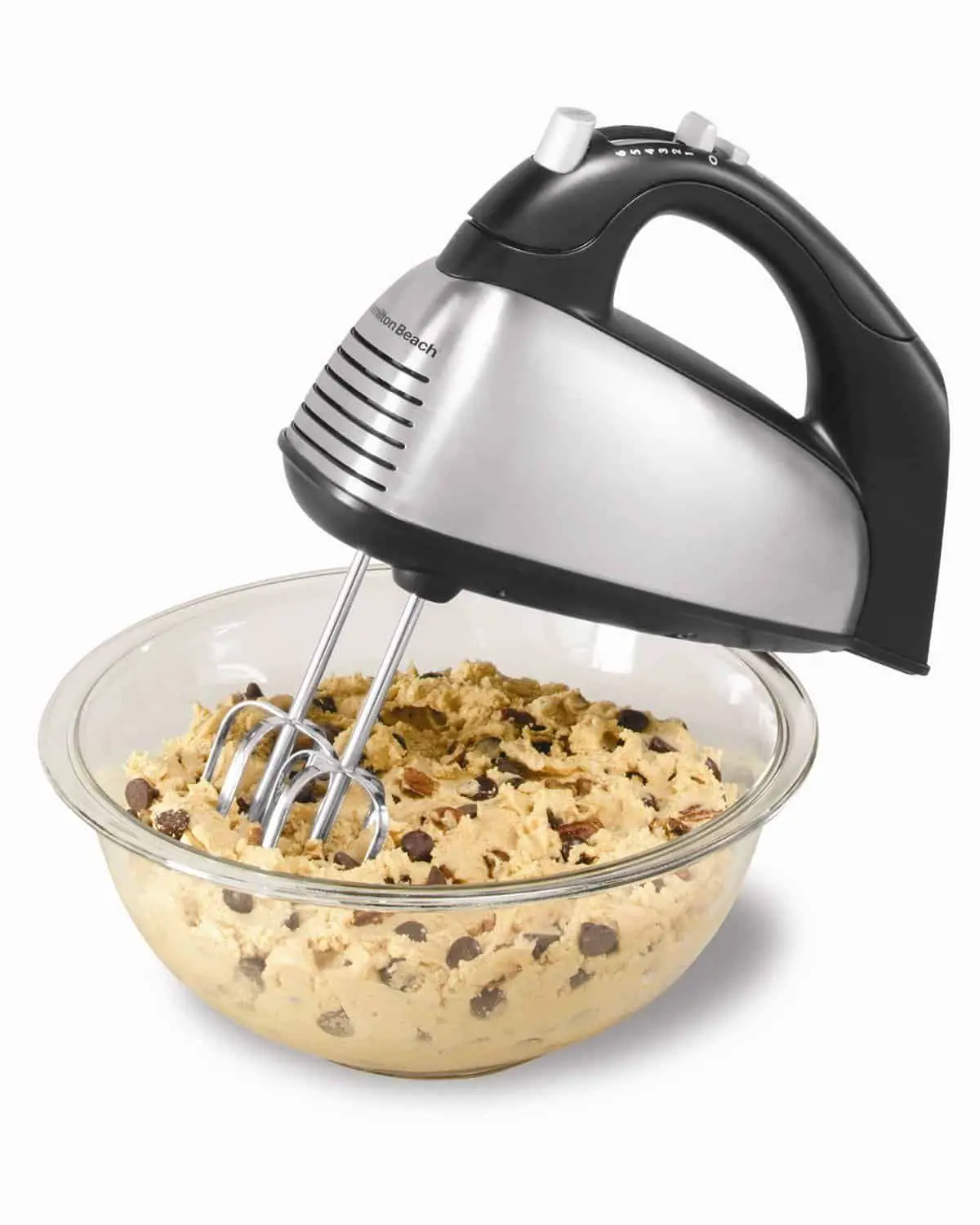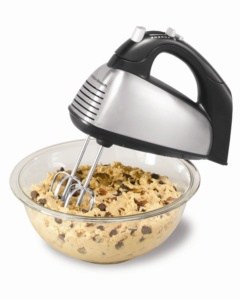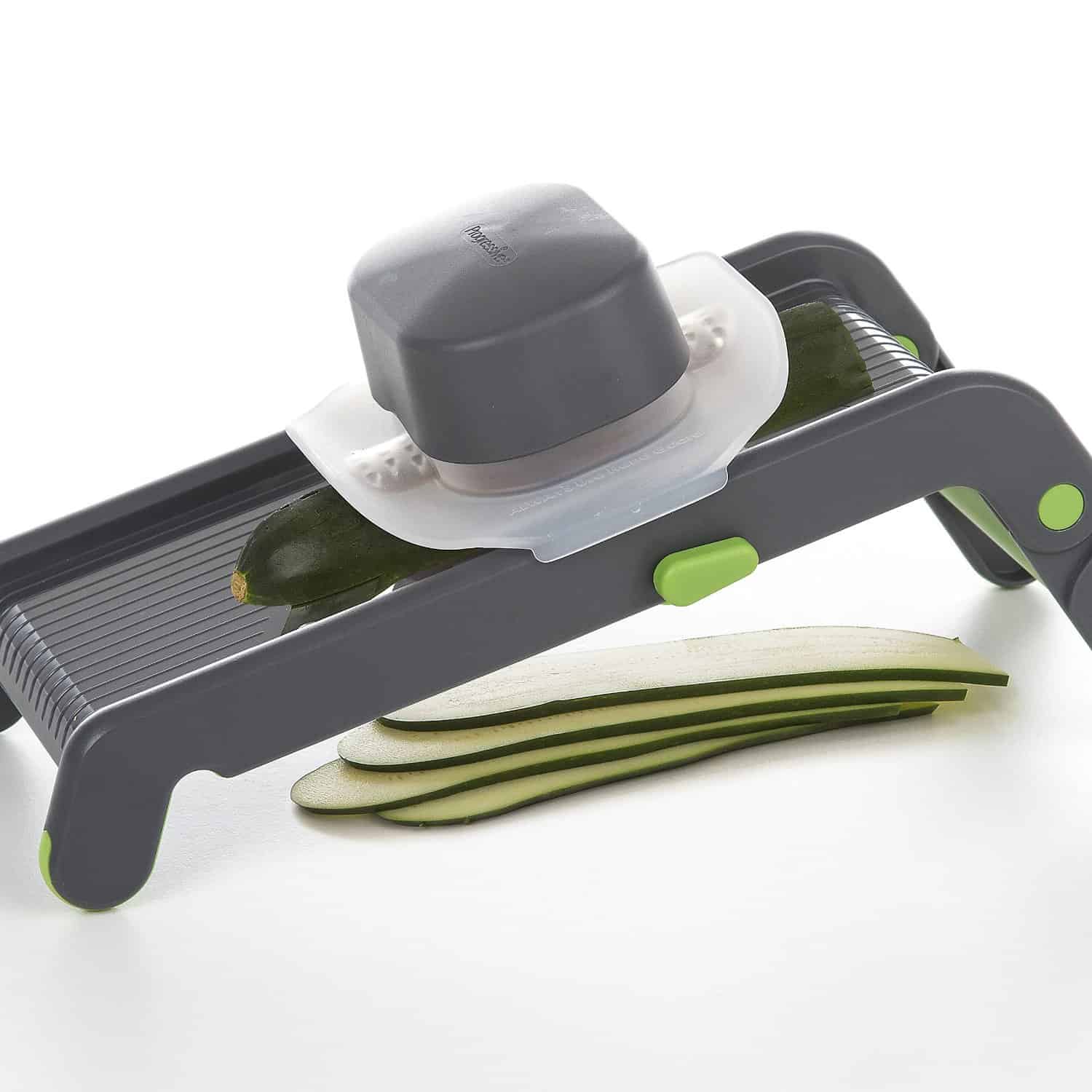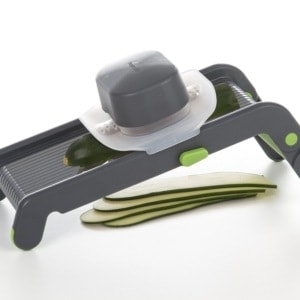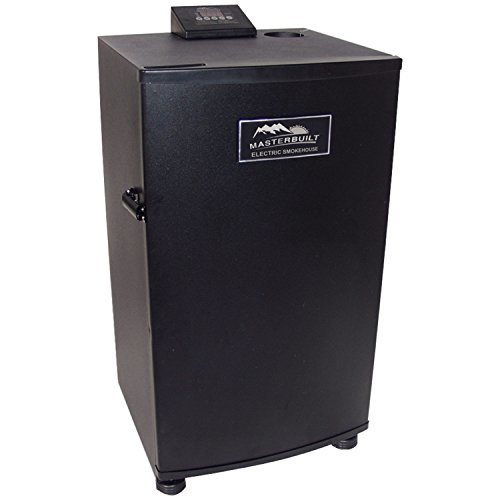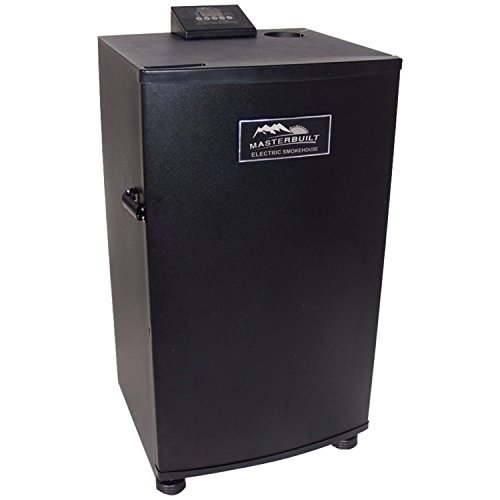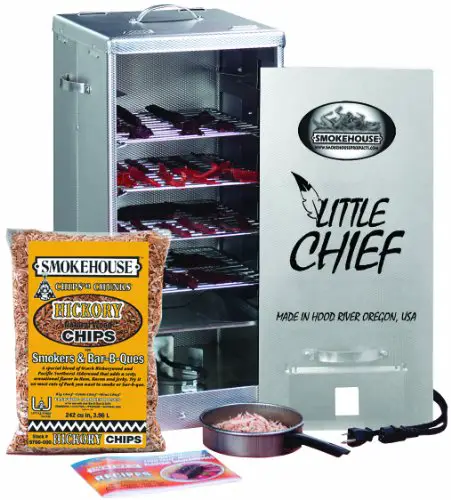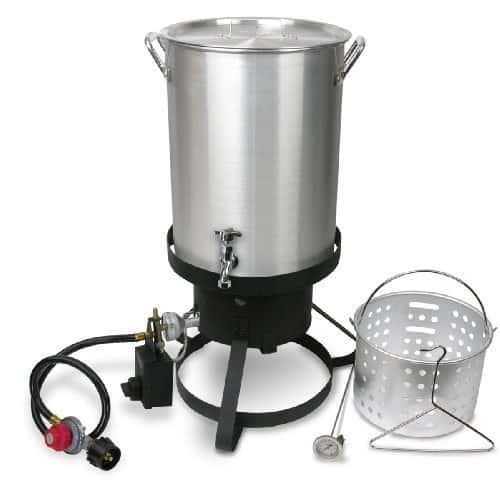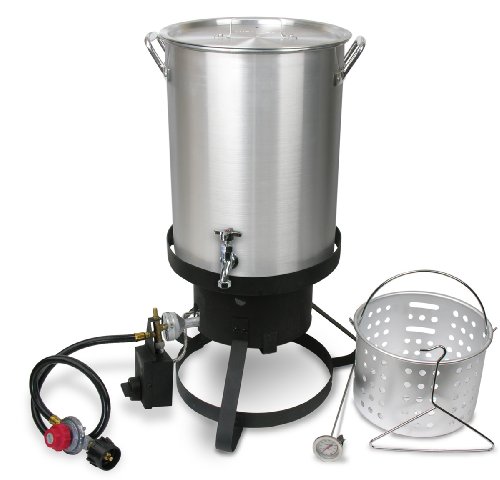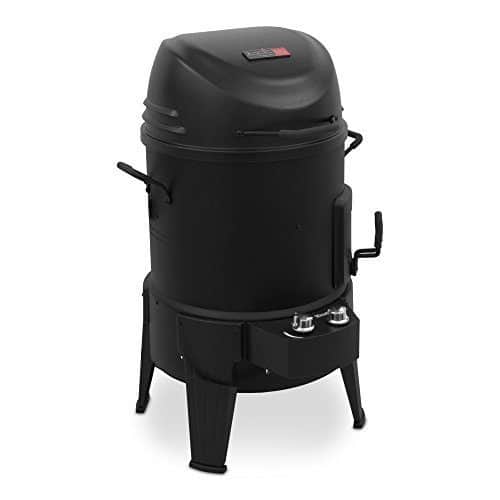As an Amazon Associate I earn from qualifying purchases.
Who doesn’t love rice? With so many ways to make rice and add it as a base to a lot of delicious foods, it’s practically unimaginable how one can spend a week without making it. In fact, for some people, cooking rice is a daily habit. And finding the quickest and easiest way to make rice is what brings us to rice cookers.
Rice cookers are incredibly practical, convenient, and affordable appliances that most people would want in their kitchen regardless of how much they love rice. However, because of the high demand, the market is littered with products hugely varying in price, shape, size, and functionality. So, which rice cookers have the greatest value considering your needs and budget?
To answer this question, we handpicked the best rice cookers available on the market today and wrote honest reviews about each unit. To help you find the perfect match, we also made a handy buying guide where we share the essential factors you need to keep in mind when shopping for a rice cooker.
The Best Rice Cookers
Best Overall: Zojirushi NS-TSC10

Pros:
Thanks to the exclusive computerized fuzzy logic technology, the rice made in the Zojirushi NS-TSC10 cooker comes out perfect every time. This is because the unit has a chip that controls the cooking time and temperature while the rice is being cooked.
The Zojirushi NS-TSC10 is very easy to clean. It comes with a non-stick inner pot that you can remove easily, and the rice is never stuck on it. Plus, the inner lid is removable, so you’ll clean it without going through any trouble.
On top of that, the unit is also praised as very easy to use and easy to store. On the front side of the device, there’s a display around where you can see all the menu settings and the available features, like “keep warm”.
Also, the inner pot is marked with water levels for various amounts of uncooked rice. If you use 2 cups of rice, fill the pot to mark 2, and so on. Just be careful, just like many other rice cookers (and all of our recommendations), the measuring cup is unique for rice, and it’s not the same as a standard US cup measurement (it’s around ⅔ of a standard cup). So only use the cup that comes with the rice cooker.
When you’re not using the rice cooker, you can store it pretty much anywhere as the power cord is retractable.
The Zojirushi NS-TSC10 has many other beneficial features and functionalities. We should definitely mention that it also has a cake setting menu, which means it works as a cake maker as well. It comes with a steam basket so you can cook rice and steam vegetables at the same time. And, it has two delayed time settings, so you can schedule your rice meal if that’s more convenient.
However, we were most impressed by the keep warm functionality, which can keep prepared rice warm for up to 12 hours! Maybe even more, but we can tell you for certain you can keep your rice warm and fresh for 12 hours at least.
Oh, and did we mention it also has an interchangeable melody and beep signal? It’s not an important feature when it comes to cooking rice, but it sure is a nice addition.
Cons:
If you want to make long-grain rice, you can’t use the water measurements inside the pot as the device is primarily designed for medium and short-grain rice. You can still cook long-grain rice, but you’ll have to figure out the water ratio yourself.
Also, we already mentioned that the Japanese cup is different from the standard US cup. Always keep in mind that when you measure in the Japanese cup, you’re actually using ⅔ of a standard US cup. Plus, the measurements for water on the pot work for the Japanese cup. If you use standard cups to measure rice, you can’t use the pot measurements for water.
The Verdict:
The Zojirushi NS-TSC10 is easily one of the best rice cookers invented. It has a high-quality stainless steel construction, and it’s very easy to use, clean, and store. Plus, it comes with an abundance of additional features that make rice cooking truly effortless. Best of all, it’s perfect for one person as well as the whole family as you can cook batches as little as a half a cup of rice, which is why we believe the Zojirushi NS-TSC10 is the best rice cooker overall.
Best Quality: Zojirushi NS-ZCC10 Neuro-Fuzzy

Pros:
The Zojirushi NS-ZCC10 Neuro-Fuzzy comes with the brand’s exclusive computerized fuzzy logic technology. You’ll have perfectly cooked rice as the unit automatically adjusts the cooking time and temperature based on the internal input from the chip inside.
One of the most impressive features is the timer option, which allows you to set the time you want the rice to be done! Yes, you heard right, you can schedule when you want the rice to be ready – not when it should start cooking, like in other models with a timer.
You would expect the Zojirushi NS-ZCC10 Neuro-Fuzzy to be a complex model that’s hard to figure out, but it’s actually the opposite. The unit is very easy to operate as all menu settings are very intuitive.
The menu itself features options for a variety of functionalities, like automatic keep-warm, extended keep-warm, and reheat cycle. The cooking menu includes programs for white rice (regular/sushi, softer, or harder), mixed, porridge, sweet, semi-brown, brown, rinse-free, and quick cooking – basically anything you can imagine.
The small details, like a nonstick pot with cool handles and LED clock, are what make this unit stand out from the rest of the Zojirushi models.
The unit also comes with two measuring cups, a nonstick rice spoon/scooper, a rice spoon holder, and a recipe book.
Finally, just like the previous model, the Zojirushi NS-ZCC10 Neuro-Fuzzy has a retractable power cord that makes the unit portable and very easy to store.
Cons:
The only other downside, aside from the price, is the cooking time. Being able to finely adjust the rice texture to hard or soft (which you can choose in the menu) comes at the cost of extra cooking time. While cooking rice on the stovetop is 15 to 20 minutes, with this model, cooking is 40 minutes to an hour. However, you can simply set it and forget about it as it will beep when the rice is ready for your plate.
Another thing you should be careful about is that the 5.5 cup capacity doesn’t apply to all types of rice. For example, you can only make 4 cups of (uncooked) jasmine rice, so keep this in mind.
The Verdict:
When looking for the highest quality, the Zojirushi NS-ZCC10 Neuro-Fuzzy rice cooker is the best option. It’s very well built, yet still convenient and easy to store. It comes with an array of features and functionalities that will impress even the biggest rice enthusiast. If you’re cooking rice frequently and you can afford it, the unit is more than worth it.
Best on a Budget: BLACK+DECKER RC506

Pros:
We like the Black+Decker RC606 model because it’s very versatile. Aside from rice, you can also cook/steam veggies, fish, dumplings, oatmeal, quinoa, and so much more. This means that with just one click, you can have a variety of healthy and freshly-made meals in no time.
Unlike the other models we’ve reviewed so far, the Black+Decker RC606 is actually very quick and can cook up to 3 cups of rice. Your rice will be done in just 20 minutes, and even though 3 cups might seem very little (especially when compared to the other models), they’re more than enough to feed a couple or even a small family.
For such an affordable and simple cooker, it’s very impressive that the device has an automatic keep-warm function, which automatically turns on to keep the rice warm after finishing with the cooking process.
The unit also comes with a non-stick removable bowl that’s very easy to clean. And on top of that, you get a steaming basket, measuring cup, and a spoon. Best of all, all the parts are dishwasher-safe, which can save you a lot of cleaning time.
Cons:
One drawback to this model is that it’s small, and if you have to feed the whole family, it might be too small. Large families are better off with the Aroma Housewares ARC-150SB model.
Also, the power cable is short, which might be a problem for some.
If you like to wash and soak your rice before cooking it, don’t use the full cooking time. For many people, the fast cooking time is an advantage, but if you soak your rice before cooking, it can dry out very quickly and burn.
The Verdict:
The Black+Decker RC606 model is a small, affordable, and very convenient cooker for anyone with a busy schedule. Plus, it’s the ideal kitchen appliance for the office. You’ll get all of the basic functionalities and more in a simple intuitive design. If you value efficiency and speed more than versatility, then this rice cooker is the right one for you.
Best Large: Aroma Housewares ARC-150SB

Pros:
The size is the model’s most attractive advantage that truly sets it aside from the competition. It can cook up to 10 cups of uncooked rice, which equals 20 cups of cooked rice – a sufficient amount to feed a large family, or even a dinner party.
On top of that, the device is extremely useful as a versatile cooker in general. It has a “Slow Cooker” option and you can even steam veggies, dumplings, meats, soups, and other meals. It’s an amazing device to have if you need to prepare dinner for parties or special occasions, just without the usual effort.
Also, the unit comes with a built-in steamer function that allows for nutrient-rich meals to be cooked above while the rice, soup, or other meal is being cooked below.
Convenience is also a strong side of this model as it has a delay function that allows you to set the ingredients and schedule cooking anytime in the next 12 hours.
The Aroma Housewares ARC-150SB got our best rice cooker title not just because of its size and versatility, but because it’s made of stainless steel, aluminum, and comes with BPA-free plastic accessories. It’s a sturdy and safe device, made to serve you a long time.
Finally, if this is your first time buying a rice cooker, the Aroma Housewares ARC-150SB comes with a user-friendly digital panel, making operating the device very intuitive. Simply set it and forget about it.
Cons:
This rice cooker is not suitable for single servings, which means if you want to make one meal, just for one person, you won’t be able to use the cooker.
Another drawback is that you’ll have to remove the rice from the cooker once it’s done cooking. While other models have a keep-warm function and you can keep the rice for a very long time, this model is not suitable for that task.
The Verdict:
The Aroma Housewares ARC-150SB is the perfect option for large families and people who prepare meals for crowds. It’s a high-quality, versatile cooker that will save you a lot of effort and time. The only disadvantage is that you can’t use the device for single-serving meals, but that’s why it’s the best multi-purpose and large rice cooker.
Conclusion:
Our top pick as the best rice cooker is the Zojirushi NS-TSC10 model. We believe it’s one of the most well-rounded products with an amazing market value. The unit has decent space and comes with advanced features that will make the whole rice-cooking experience extremely pleasurable. If you’ve ever struggled to make the perfect rice, the Zojirushi NS-TSC10 will show you how it’s done.
Another Zojirushi rice cooker is the even more impressive NS-ZCC10 Neuro-Fuzzy model, which is a lot pricier, but well worth it. The unit comes with an amazing array of settings, designed to satisfy even the pickiest rice enthusiasts. Plus, you can literally choose when you want your meal to be done. What more can we say?
The Black+Decker RC606 is our top pick as the best budget-friendly rice cooker. It’s a perfect blend of quality and simplicity that can best suit people who want quick but perfectly done meals. It’s a very convenient unit which can also be used in an office kitchen or as a student’s go-to cooker. Just keep in mind, the Black+Decker RC606 is very small.
Finally, the ultimate party pot is the Aroma Housewares ARC-150SB. It’s our recommendation for anyone who handles a large amount of food on a daily basis – and not just rice! This model is a great slow cooker, cake maker, and even double cooker as it can steam and cook food at the same time.
Everything You Need To Know About Rice Cookers
You never really think you need a rice cooker until you end up owning one, and then you can’t imagine why you waited so long to purchase it! A rice cooker makes cooking this dietary staple a simple and easy process. You simply put the ingredients, set it, and forget about it! The inner pot is made with a nonstick surface, often with the measurement levels listed on the side of the pot, so that you always know how much water you need to add.
However, the benefits of a rice cooker aren’t just limited to rice! This kitchen appliance is a versatile machine that can help you bake a cake or create a stunning soup in no time at all. Some units even come with a rack that fits inside the rice cooker so you can steam meats or vegetables inside the pot without difficulty. You’ll see in our recommendations that the higher-end cookers come with steaming baskets and functionalities that allow you to cook rice and steam veggies at the same time.
Being on a budget is no problem when it comes to rice cookers as you can easily get a first-class rice cooker without spending much – just take a look at our best on a budget recommendation. An entry-level rice cooker won’t give you any control over the cooking process, but you do get one-touch convenience and have perfect meals ready in about 20 minutes.
One thing we’d advise you when purchasing a good quality rice cooker is to get one that’s very easy to clean. Even if you don’t get any starch overload that causes your inner pot to boil over, you’re still going to have a lot of water vapor and starchy condensation building up inside the inner lid of the rice cooker. Look for a glass lid that you can just toss into a dishwasher or a removable lid that you can quickly clean.
We mentioned that almost all modern rice cookers are made with a nonstick surface – just like all of our recommendations. Make sure you have a scoop or spatula that works with this surface, so you don’t accidentally scratch it or add Teflon or other chemicals to your food. Many rice cookers come with a serving utensil, but having a heat resistant spatula on-hand to help complete a cooking cycle is never a bad thing.
As a final consideration, you’ll want to look for a rice cooker that has some version of a stay-cool handle so you can access your rice without burning yourself, like the Zojirushi NS-ZCC10 Neuro-Fuzzy’s handles that don’t heat up.
Also, some rice cookers need you to stir the cooking rice a time or two in order to prevent it from browning, toasting, or burning the bottom layer of the rice, so get something that you know you’ll be comfortable handling when you might be in a hurry. We made sure that all of our recommendations have a “set it and forget it design,” as we know convenience is key.
What Are the Advantages of Rice Cookers?
The primary advantage of rice cookers is that these appliances allow almost anyone to cook rice easily, perfectly, and without effort. Instead of having to worry about stirring the rice so it won’t burn on the bottom of a saucepan, the non-stick cooking bowl in rice cookers allows you to load up your rice and liquid and then forget about it while the rice cooks. As long as you know how to measure the rice and liquid accurately, you can make rice.
The second advantage is that you can quickly reduce your grocery bills with this small kitchen appliance. Many avoid rice at the store because it requires a lot of effort to cook it home. With a rice cooker, there is no prep work whatsoever! A month’s supply of this starch can often be purchased for about $10, which equals about 90 total servings in many communities.
The final advantage is improved nutrition. Naturally sourced rice is a healthy, low-calorie starch that aids digestion and is naturally gluten-free. Rice is considered to be one of the healthiest foods that you can eat. It works with most sensitive diets and is versatile enough that it can star as the main dish or as the dessert in a rice pudding, depending on your personal preferences.
How to Find the Best Rice Cooker?
You don’t need a lot to get a lot out of a rice cooker. Even a basic rice cooker that has an on/off switch will provide you with a quality result! Some have additional features to consider, however, these are the most important ones:
Size
The most important aspect of the rice cooker is its size and how many cups of rice you can cook in one batch. The minimum amount is as important as the maximum amount. Think about the amount of rice you need to cook on a daily basis, then choose a rice cooker that best suits your needs.
Versatility
Did you know that you can steam your vegetables in a rice cooker? Some appliances come with a tray that lets you place vegetables on them with water underneath. Once heated, the steam cooks the vegetables, and you keep the vitamins and minerals. Also, some pot-style rice cookers give you a baking option that allows you to create mini-cakes in the appliance for those moments when you want a sugary pick-me-up. When deciding to invest in a rice cooker, choose one that cooks more than just plain rice.
Additional Features
Even some budget-friendly options can have additional beneficial features, like the keep warm function. Our best on a budget pick, the Black+Decker RC606, has an on/off switch and a keep-warm function. It can keep your rice warm if you don’t want to eat it right away.
As the price grows, the features and functionalities of the rice cooker also improve, but always compare the rice cooker based on these additional features. Do they have a delay option and a steaming option? If you’re going to spend more money, make sure you’re getting more functionality.
Before You Go
If you’re someone who struggles to make rice on the stovetop and ends up with either a mushy mess or crunchy rice burnt to a crisp on the bottom, don’t hesitate to buy one of the rice cookers we’ve recommended. You can follow the links to find out more about the specific prices, specifications, and even customer reviews, which will help you make a decision.
Of course, always keep in mind the information from the buying guide when shopping for rice cookers. And, if you need anything else, don’t forget that we also have many more product reviews, product guides, and even recipes you can check out.
Want to see our favorite rice cookers one more time before you go? Here they are!

